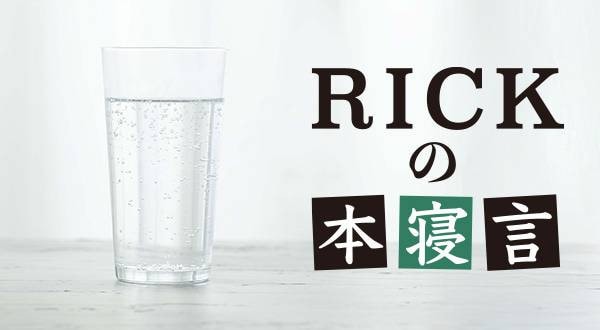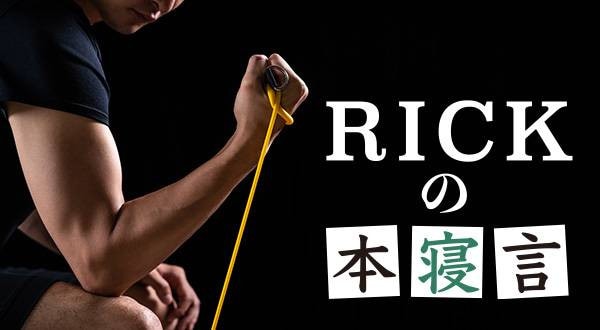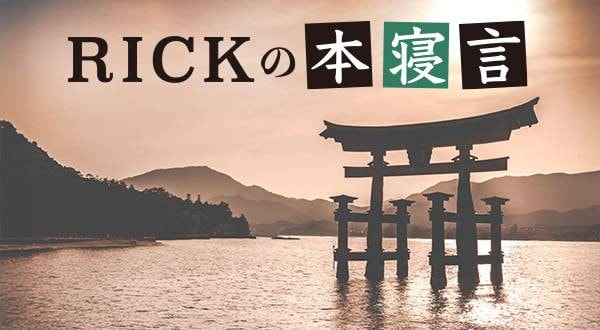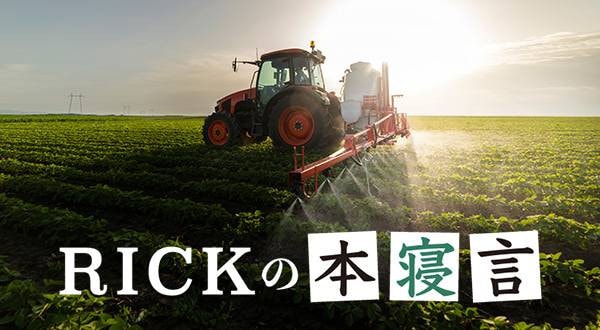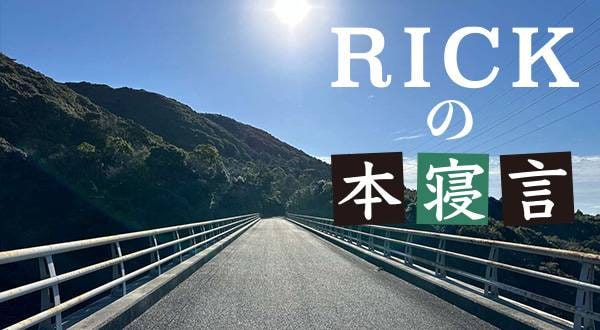The final day of the challenge to complete the 1,200-kilometer route of the 88 pilgrimage sites in Shikoku in 22 days finally took place on May 17, 2024. From the 85th temple, Yakuri-ji, I headed to the 88th temple, Okubo-ji, where I concluded the pilgrimage, and then continued on to the starting point at the 1st temple, Ryozen-ji, which totaled a distance of 68 km. Although the weather was beautiful that day, the temperature rose to 27°C in the afternoon, but the weather forecast said it would feel like well over 30°C, especially on the concrete road. I couldn’t let my guard down until the very end, and a fierce battle with myself ensued.
Today, there are several different ways to follow the pilgrimage route. Walking the pilgrimage may have been the basic method since ancient times, but most people nowadays use cars, buses, or cabs. Others go by bicycle or motorcycle. In my case, I call it a “running pilgrimage”. Since time is limited and walking is a waste of time, I wanted to run as fast as I could.
Early in the morning, I set out from the precincts of the 85th temple, Yakuri-ji. The state of my body isn’t perfect, as the nail on my big toe is almost peeled off and the internal bruising on my other toes have not completely healed, but that is life. I will be taping up my feet well the day before I proceed. I took two Loxonin tablets before departure, so I did not feel much pain and was able to comfortably run the 13 km to the 86th Shido-ji and the 87th Nagao-ji without any issue. As I sat down on a bench at Nagao-ji mentally preparing myself for the final leg to the 88th temple Okubo-ji, an old man sitting beside me casually asked me, “Are you on a pilgrimage?” I answered back that of course I was, and that I would be heading to Okubo-ji and from there return to Ryozen-ji, the 1st temple. As soon as I told him, the old man began a passionate speech.
Was this also a blessing in disguise? The stories were all very informative, and I did not get the impression that he was simply a nosy person. I got the impression that he was a local person, someone who knows the pilgrimage well, was telling the story as a storyteller, and I listened to him carefully. Reaching the 88th temple Okubo-ji is called “kechigan”, or the “completion of a religious pilgrimage”. And then, returning to the 1st temple, Ryozen-ji, is called “mangan”, or the “fulfillment of a vow”. I had heard this term somewhere, but had completely forgotten about it. The next point is that there are three routes to go from Nagao-ji to Okubo-ji, the last temple. One is to go along the bus route on the road, the second is the pilgrimage route with a nice view of the mountain pass, and the third is the Shikoku no Michi route, which takes you from the steep mountain road via the top of Nyotaisan. The old man took me to a sign with a map, where he explained the route to me. Of course, as a seasoned mountaineer, I had only one choice: the Shikoku no Michi course.
The third point was important. Those who have visited all 88 pilgrimage sites on foot will receive a certificate at the Pilgrimage Exchange Salon. This was new to me. Moreover, the exchange salon is located along the pilgrimage route on the way to Okubo-ji, so there was no need to waste time. This was a once-in-a-lifetime opportunity. There was nothing I would rather do other than to receive a certificate of merit at the final stop along the pilgrimage route that I had worked so hard to reach. At the end, the old man told me that there was an udon shop near the precincts of Okubo-ji and that I should go eat there since it’s good. Of course, I was very hungry, so I had high expectations for this udon shop.

I quickly left Nagao-ji and headed for the Pilgrimage Exchange Salon. Then, on the left side of the street, we saw an exchange center that looked like a brand-new building. It also houses the “Henro Data Exhibition Room”. There are various exhibits, including the history of the 88 pilgrimage sites in Shikoku, which was very informative! Upon entering the museum, I was immediately approached by a female staff member. “Are you a pilgrim?” I asked her if I could receive a certificate for completing the first through the 88th today, and she handed me an application form. On the form, I wrote my name and address, as well as when I started and finished the pilgrimage. A few minutes after I submitted the form, a staff member brought me an award certificate with the inscription “Shikoku 88 Pilgrimage Ambassador Appointment Form”. The staff member handed it to me neatly, as if it were an award ceremony, and said to me, “Congratulations!”
Thinking about the old man at Nagao-ji who told me about the certificate, and then actually holding it in my hand gave me a strange feeling. I could not begin to count the many difficult, grueling, and painful experiences I had had along the pilgrimage thus far, but every bitter memory suddenly seemed to be wrapped up in an ostentatious wrapper like a good memory and soared up to the heavens. Before I knew it, tears were welling up in my eyes. I was so moved at that moment that I was able to cry spontaneously for the first time in a long time. Perhaps I was too happy to receive the certificate, but that was the truth. I had never dreamed that I would receive a letter of appointment as a pilgrimage ambassador.
Then, after running through the Shikoku no Michi course, which is said to be difficult, I reached the 88th temple, Okubo-ji, and achieved kechigan. On the mountain road to Okubo-ji, the last set of downhill stairs on the long mountain pass continued on. I was so moved that I almost burst into tears of joy at the thought that my pilgrimage would soon come to an end and I would be able to make the conclusion of my pilgrimage. It must have been such a tremendous challenge for me to go around the 88 pilgrimage sites in 22 days. At Okubo-ji, not only the staff of the company, but also a reporter from the Asahi Shimbun was waiting for me. I assume that they were capturing my sweaty figure running toward them on their cameras. Then, after entering the precincts of the temple, I prayed in front of the main shrine and they continued taking pictures as I strolled around the area.

Then, since this was a newspaper interview, the conversation began in a question-and-answer style, with the camera rolling in front of the gate. After a few questions, I was asked, “What was the most impressive thing about going on this pilgrimage route?” As various thoughts ran through my mind, memories of the people I had met during the 22 days came flooding back. The time I was on the way to Iwaya-ji, I thought I was going to die after running without eating for 4 hours in the morning and the hostess of Taiyo ga Ippai, who made me a delicious pilaf even though the restaurant was not open yet. Then, there was the lady at Magattatoko who made me the most delicious chicken curry for 300 yen when I was starving and had nowhere else to eat along the way. And then, there was the old lady at Hozumi-tei izakaya who enthusiastically told me about the local stories about Kukai while I was having dinner. Next, there was the owner of the Misaki Kanko Hotel in Murotomisaki who told me that they had all kinds of sake and politely took the time to tell me about each of them. The pilgrimage in Shikoku was also a place where I made many contacts. All of these memories came flooding back to me, and I found myself at a loss for words in tears. I guess they were tears of joy.
After the conclusion and fulfillment of the vow, I will move onto the next step in my life. There are many challenges and difficulties that await me in life. However, as long as I continue on the right path and devote myself to my goals, I can be sure that a helping hand will be extended to me from the heavens and that there will be kind-hearted people around me who will support each other. I very much am looking forward to my next step in life!!








